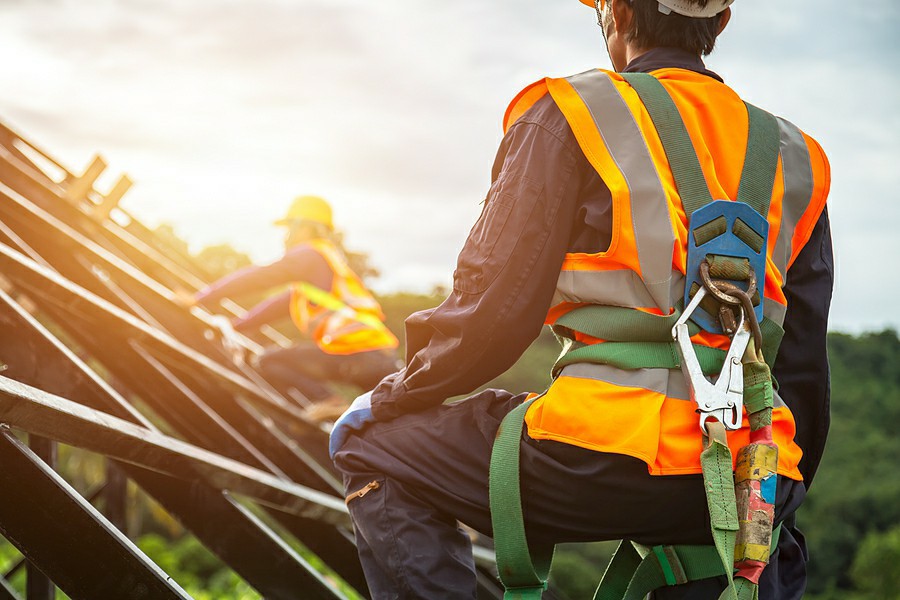Comprehensive Guide to Risk Assessments Before Working at Heights
When it comes to safety in the workplace, especially in industries where employees are required to work at heights, conducting proper risk assessments is vital. Risk assessments play a pivotal role in identifying potential hazards, ensuring compliance with safety regulations, and ultimately preventing accidents. In this guide, we will explore the best practices for conducting risk assessments before working at height, delve into step-by-step procedures, and discuss how certified training prepares workers to assess and manage these hazards effectively.
Why Risk Assessments are Essential
- Preventing Accidents: A thorough risk assessment can significantly reduce the likelihood of falls and other incidents related to working at height.
- Regulatory Compliance: Many workplaces are required by law to conduct risk assessments to ensure adherence to safety regulations.
- Promoting a Safety Culture: Regular risk assessments foster a culture of safety within organizations, making workers more conscious of their environment.
Step-by-Step Procedure for Conducting Risk Assessments
Here is a structured approach to conducting effective risk assessments before working at heights:
Step 1: Identify the Hazards
- Examine the work area for potential hazards such as:
- Unstable surfaces
- Electrical hazards
- Weather conditions
- Proximity to moving machinery
- Weak structures
Step 2: Evaluate the Risks
- Assess the level of risk associated with each identified hazard by considering factors like:
- The likelihood of occurrence
- The potential severity of injury
Step 3: Implement Control Measures
- After evaluating risks, take steps to mitigate them. Control measures may include:
- Installing guardrails
- Using personal protective equipment (PPE)
- Training workers on safe practices
- Using proper lifting and rigging equipment
Step 4: Review and Update Risk Assessments Regularly
- Regularly revisit the risk assessments to ensure they are current and reflect any changes in operations or procedures.
Common Risk Factors in Working at Heights
Below are some common risk factors to keep in mind when assessing hazards associated with working at heights:
- Environmental conditions (wind, rain, etc.)
- Use of unsuitable equipment
- Lack of adequate supervision
- Inadequate training or lack of experience
The Role of Training in Hazard Assessment
Certified working at heights training courses equip workers with the knowledge and skills necessary to identify and assess hazards effectively. A well-structured Working at Heights Course enhances worker safety and instills confidence in their ability to recognize risks. Key components of effective training include:
- Understanding Safety Regulations: Workers learn about relevant laws and standards pertaining to working at heights.
- Hands-on Practice: Practical exercises help reinforce learning and familiarization with equipment.
- Emergency Response Training: Preparing workers for potential falls or accidents.
Real-World Case Studies
In various industries, risk assessments have proven to be effective in preventing accidents. For instance:
- A construction company that regularly conducted risk assessments reported a 30% reduction in accidents related to falls since implementation began.
- An industrial facility revamped its working at heights safety protocols, including thorough risk assessments, leading to zero injuries over the course of one year.
Conclusion
Risk assessments are a critical aspect of ensuring safety when working at heights. By following a structured approach to identifying risks, implementing control measures, and providing proper training, organizations can safeguard their employees and maintain a safe working environment. For those interested in further training, consider enrolling in a Working at Heights Safety Course. For more information, reach out to us at [email protected].



 349,500 Offered Certificates
349,500 Offered Certificates
 24/7 Online Training
24/7 Online Training
 Money Back Guarantee
Money Back Guarantee
 Fully Accredited Courses
Fully Accredited Courses
